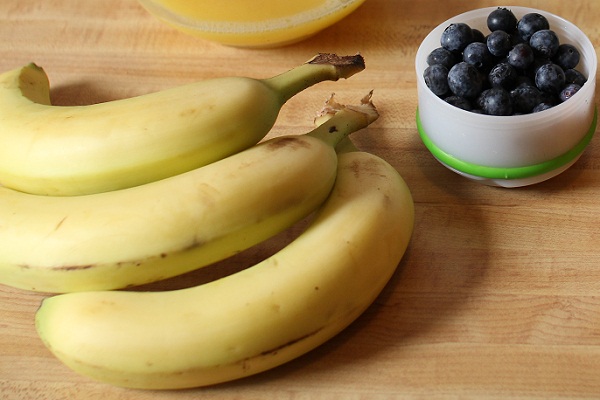Everyone loves food that is quick and easy. Who doesn’t love
being able to feed their family without even getting out of the car? Not to
mention just trying to get that picky eater (that only wants junk food) to eat
something! Just because it’s fast, doesn’t mean it’s the best thing for you and
your family. Those McDonald’s fries that many people love are NOT just
potatoes, salt and oil. They actually contain SEVENTEEN different ingredients
including things that are used as sealants, listed as hazardous for ingestion! They
even contain TBHQ which chemical makeup is similar to lighter fluid. This is
linked to asthma, skin conditions, hormone disruption and cancer.
Does your child love soda? Other than the weight related
issues that soda can cause, including diabetes, there are a mouth full of
cavities and many ingredients that can also be detrimental to your child’s
health. Some sodas contain industrial chemicals that are used as a flame
retardant in plastics which is known to cause memory loss and nerve damage.
Alternatives? Other than good old fashioned water, try substituting
that bubbly soda with some flavored sparkling water such as Sparkling Ice. It contains
zero calories, and has zero grams of sodium.
If you must go out to eat, try making some healthier choices
from the menu.
Instead of: Try:
Double patty
hamburger with all the toppings Single
patty hamburger with no cheese and especially no mayo.
Fried chicken Grilled
chicken
Salad with
ranch, croutons, and cheese Garden
salad with grilled chicken and low- fat dressing on the side
French fries Baked
potato, sweet potato fries, fruit, salad
Shake Greek
yogurt with fruit
Fried chicken Skinless
un-breaded chicken breast
Refried beans Black
beans
Ham, bacon,
meatballs, steak Roast
beef, chicken breast, lean ham
Cheddar cheese,
American cheese Swiss
cheese or Mozzarella
White bread
sandwich Whole
grain and/or take off top layer of bread
Fried white
rice Steamed
brown rice
Battered or
fried Steamed,
baked, roasted or broiled
Thick crust
pizza Thin
crust pizza with light cheese and veggie toppings
Remember:
Moderation is important. Make sure not to go overboard with the portions. Drink
water before eating your meal, it will fill your stomach so you won’t eat more
than you need to.






















